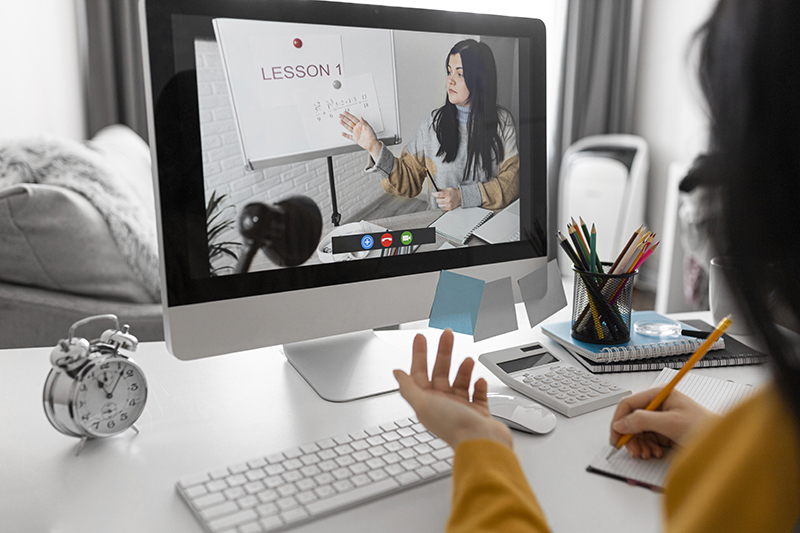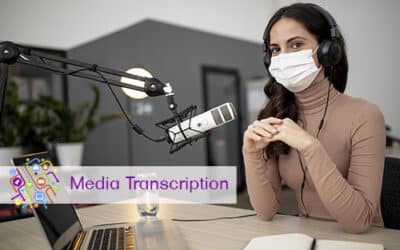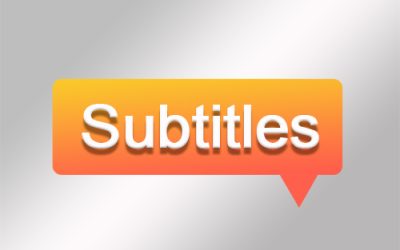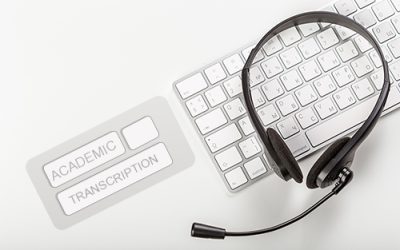Video and digital content is a great way to capture students’ attention. Studies show that using video in learning improves student performance. Digital materials enable teachers to simplify information and help students gain a deeper understanding about important matters. That’s why teachers in most educational institutions are incorporating multimedia and videos in their lessons. Academic transcription service providers support the process by making transcripts of the video content available, which allows students to see the words at the same time as they watch and listen to the video, and also review key points later.
Benefits of Using Video in the Classroom
Video has been used in classroom for decades, but the opportunities have greatly expanded in recent years with the growth of digital technology and increasing use of digital devices. A study by researchers at the University of Maryland found that videos, especially interactive videos, improved student performance by as much as 30 percent. According to Kaltura:
- Students increasingly expect video to be part of their educational experience: 82% of educational institutions see students’ expectations for how much video should be part of their learning experience as increasing.
- 91% of educational institutions believe that video increases student satisfaction, 82% see it increasing student achievements, and 80% thinks it increases educator collaboration and professional development.
Educational videos provide many benefits for both educators and students:
- Maximum flexibility – easy to access at any time and in any location
- Easily scalable – content can be modified and improved as needed
- Improves student engagement with course content, teachers and other students
- Supports blended learning environments
- Allows students to view and comprehend content outside of class, and prepare better for discussions
- Provides visual examples of things that cannot be replicated in the classroom
- Can be used by teachers to supplement core materials
How to Use Video in Education
To succeed with using video in the classroom, it’s important for teachers to have a clear goal for it as well as know how to use it. Here are 8 effective ways to use video in learning:
- Focus on learning goals: The goal should be to deliver focused content that meets the learning aim. Use interesting facts or anecdotes that are related to the topic rather than distracting animations. Keep videos brief and to the point, design informative animations, and use engaging presenters to deliver the content. Avoid using too much of printed text as it will be difficult for the brain to listen and read at the same time.
- To complement traditional teaching methods: Using different types of teaching methods can improve learning. Video combined with discussions can help students take in more information than if only the traditional teaching method was used.
- To provide background information on a new subject: Many students, especially English language learners, many have problems comprehending new content, concepts, and ideas. A combination of video and audio is the best way to provide explanations about something or bring it to life. Video can be used to implement phenomenon-based science into the classroom. For example, a video on how a rainbow works can significantly improve students’ understanding of the phenomenon, and help them discuss and write notes on it when there are transcripts and other proper language supports in place.
- To help students prepare for a lesson outside of the classroom: In the flipped classroom model, students finish the lower level of cognitive work at home before class. Video can be used to introduce the content to them at home. Teachers can create different types of flipped classroom videos for asynchronous learning assignments and deliver content in engaging ways.
- To help students visualize historical events: Video can increase students’ knowledge of historical events. For instance, along with their text lessons, watching a video of an event like the American Revolution (1775 to 1783) that led to the independence of the United States can help students learn about its causes, effects, and impacts around the world.
- Students can assess the material and provide feedback: To ensure that students have understood the material, they can be asked to provide immediate feedback through annotation and commenting. Encouraging note taking can encourage active engagement with the material and promote retention of information. They can also be provided with notes of the video content prepared with the help of an online transcription service.
- Create short, interesting videos: Try to break up the material into multiple, shorter videos. Using short, interesting video clips is an ideal way to introduce students to the topic of the day or help them recall what they already know before moving forward. Shorter videos can also target a specific topic more effectively. If longer videos need to be used, keep them focused. The video should have a script, captions, and clear sections along with explanations to help students understand each concept better. Use a conversational tone to connect to listeners.
- Ensure content can be reused: Make sure to create educational videos that can be reused from term to term. As video takes time and money to create, design them for long-term use. Content can be updated when required.
When using video in learning, it is important to provide text content or transcripts to improve comprehension. Academic transcription outsourcing companies can help with this. Transcripts and captions are especially useful for students who are blind, deaf, or both to access video content. Students without disabilities can also use transcripts to find the information that they want to review.




